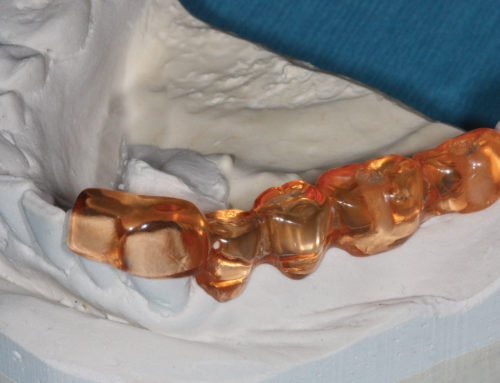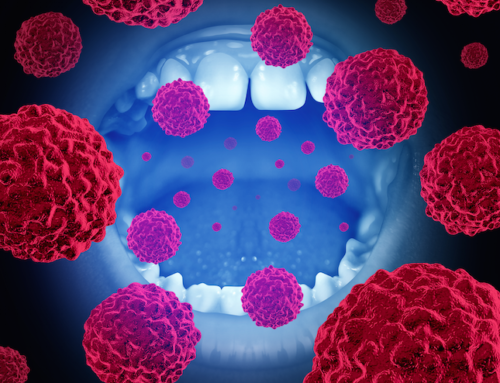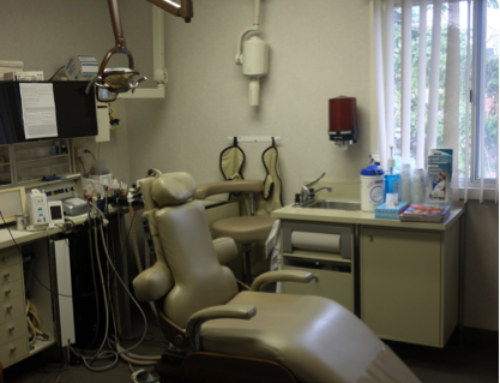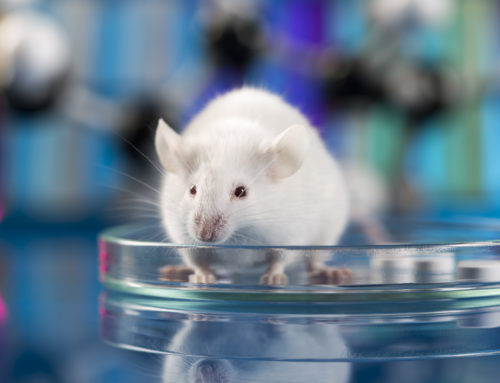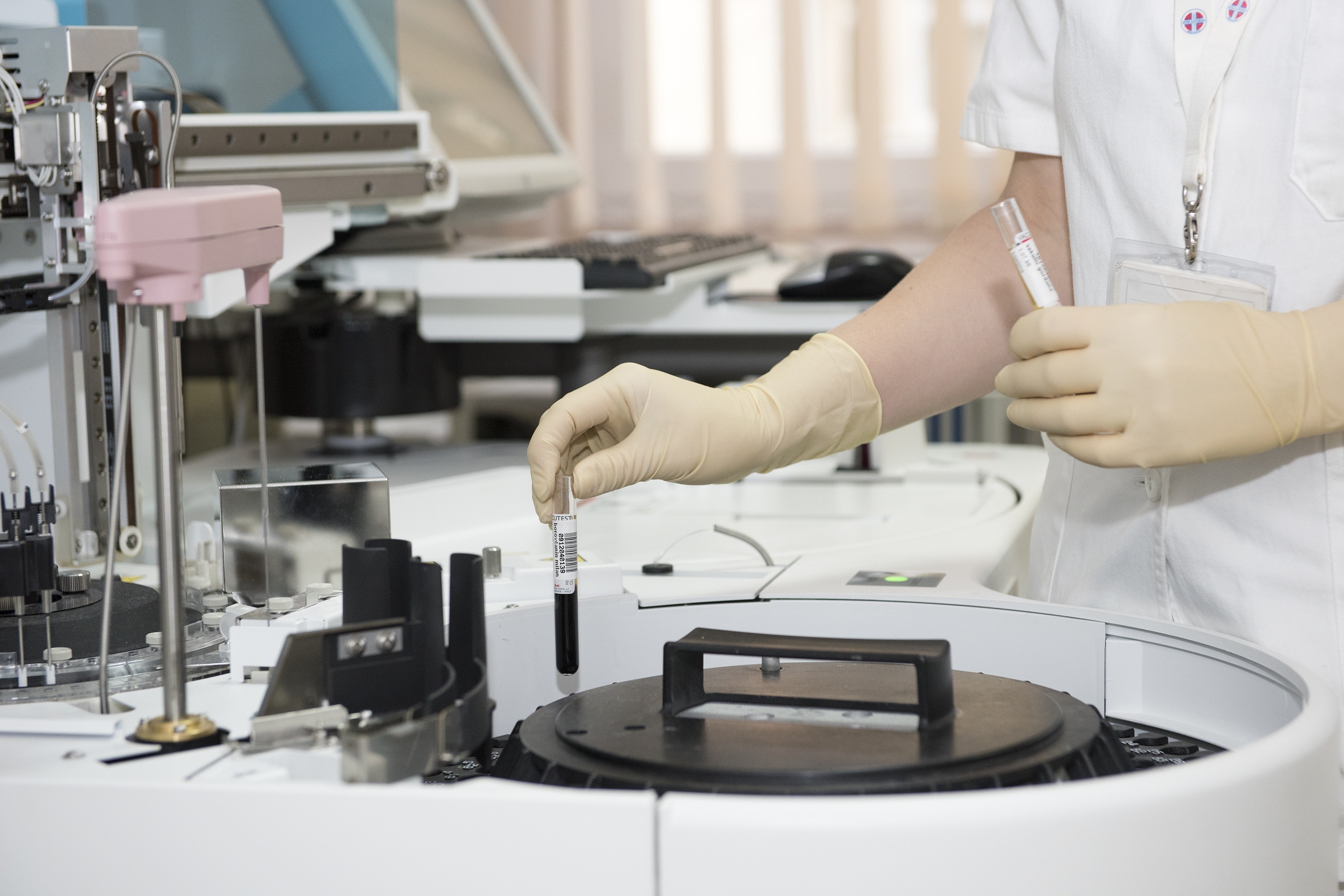
Researchers at the UCLA School of Dentistry have mixed nanodiamonds with gutta-percha to create a stronger and antimicrobial material to prevent reinfection. Professor Dean Ho, Ph.D. started the research with nanodiamonds after his own experience with endodontic treatment. Dr. Ho asked his dentist about the shortcomings of guttapercha and discovered that attributes like strength and antibacterial properties warranted improvement.
In the study published in ACS Nano (American Chemists Society), Dr. Ho and his interdisciplinary team bound amoxicillin to nanodiamonds, then incorporated the nanodiamonds into standard gutta-percha that is often used for root canal therapy. Lab testing showed the modified material was stronger than traditional guttapercha and was effective at killing Staphylococcus aureus, one of the bacteria responsible for root canal re-infections.
“Nanomedicine and bioengineering are areas that can drastically impact the field of dental health.” — Dean Ho, PhD
Nanodiamond-modified gutta-percha may allow endodontic treatment which directly targets infection with a localized application of an antibiotic, rather than a systemic use of a drug. The tiny diamond particles are a byproduct of mining and can be cheaply manufactured for this biomedical application. The nanodiamonds are incorporated into gutta-percha with sonication or sound waves.
“We found that when the bacteria touch or make contact with this rubber, it can block bacterial growth because it’s a contact-based drug delivery,” said Dr. Ho. “And it worked. It worked beautifully. You can still x-ray it, which the clinicians need. So you get the best of all worlds. Increased strength, the ability to hold a drug or more than one down the road, it’s not expensive, and it can be readily adapted to existing clinical protocols.”
Clinical trials are now underway at UCLA and involve a collaboration of specialists in materials science, nanotechnology, drug delivery, toxicology, oral radiology, endodontics, and microbiology. Dr. Ho said the material may be ready for nonclinical trial use within five years.

